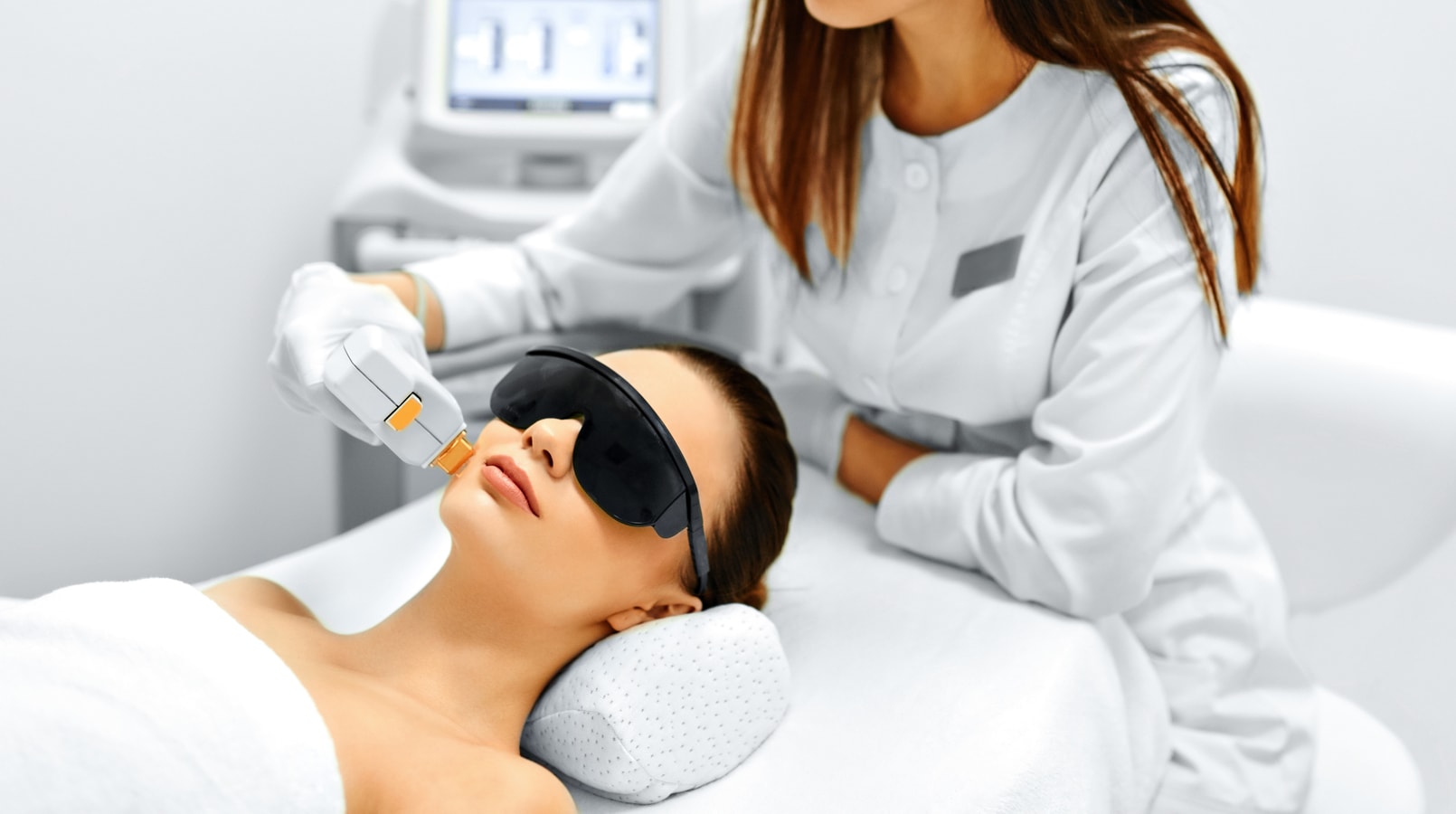
Facial brown spots are flat spots that vary in size on the facial area. They are commonly found in adults but can also be found in younger people that often spend a lot of time in the sun. Facial brown spots might look like growths of cancer, but they are usually harmless and do not require treatment.
Pigmentation issues occur when the body produces either an excessive amount, or too little an amount, of melanin which is the pigment in the skin. Problems with melanin production are mainly caused by too much sun exposure or a change in hormones. A common type of pigmentation is called melasma. Melasma presents as brown and grayish, blotchy patches on the face. While the causes of melasma are unknown, they can be a result of estrogen sensitivity in women.
There are a variety of treatments for facial brown spots and pigmentation issues including lasers, light-based therapies, prescription creams, and over the counter products. Patient’s severity can range from a single spot to several hundred spots. A visit to a doctor will determine the type of pigmentation and treatment options.
For most patients, melasma is embarrassing, persistent, and frustrating. Doctors want to make sure the pigmentation gently fades away. A resource that doctors’ use called the Fitzpatrick Scale classifies patient’s skin type with a numerical value ranging from 1 as very fair to 6 as very dark brown. For patients in classes 3 through 6, melasma treatment requires gentler settings to avoid rebound pigmentation. This is called PIHP, or Post Inflammatory Hyper-Pigmentation.
Both laser and light-based therapy for melasma will commonly require several treatments. The number of treatments depends on baseline color of the patient and the desired result expectation.
Intense Pulsed Light (IPL) is a popular choice for patients at Key Laser Institute. It gives great results for sun spots and can also help with melasma. IPL is not recommended for patients classified as having skin types 3 through 6 on the Fitzpatrick Scale. The light energy cannot discriminate between the pigmentation in natural colored skin.
Fortunately, there are options for patients with medium to dark skin tones. Laser toning is an extremely gentle treatment that uses a special laser called the Q switch or YAG laser. This technology allows the laser to target the undesired melasma without resulting in hyperpigmentation. At Key Laser Institute, it’s common that Laser Toning is packaged with a microdermabrasion treatment to make the skin more transparent to the low energy administered by the YAG laser.
Once the laser treatment is complete, full spectrum UVA and UVB blocking sun screens are required to protect the skin from sun exposure.
There is a new laser choice called Picosure FOCUS that rejuvenates skin suffering from melasma, hyperpigmentation, and sun damage. It allows for better control of any condition by using a pixelated beam that is the edge of high tech. Picosure FOCUS can be an appropriate treatment for the face, neck, hands, chest and even forearms.
In conjunction with the breakthrough in treating hyperpigmentation, Picosure FOCUS also rejuvenates the skin through collagen activation improving fine lines, wrinkles, texture, and even acne scaring. The low energy application of the laser stimulates a regenerative response. Laser toning can have similar results however not as dramatically as the technology with Picosure FOCUS.
Patients must follow a maintenance program after any treatment for facial brown spots and pigmentation in order to maintain optimum results. Most brown spots and pigment issues will not return after being treated as long as the patient stays away from direct sun exposure. Age spots and freckles will continue to appear as the patient ages; however this should not be mistaken as pigment returning after treatment.
There are a variety of treatment options for patients with brown spots and pigmentation issues. The first step for patients who want to have their skin treated is scheduling a consultation with an experienced dermatologist. The treatment plan chosen by the doctor depends on such factors as the patient’s age, the overall condition of their skin and the skin classification of the patient.
Written by Cosmetic Town Editorial Team - MA
Based on an exclusive interview with Douglas Key, MD in Portland, OR